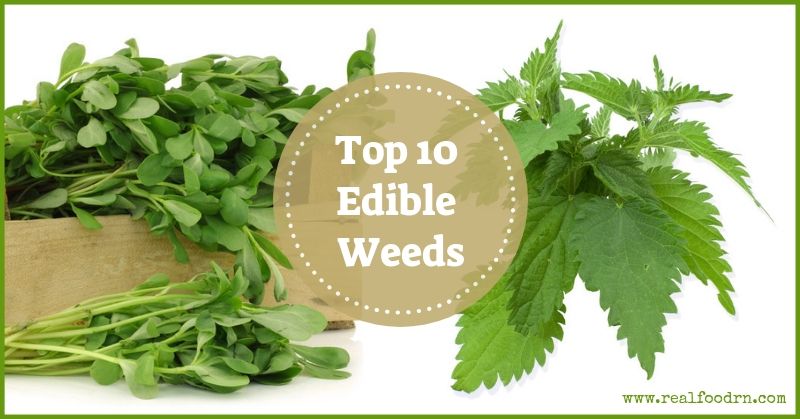
If you have a garden, you may not realize you’re sitting on a goldmine of edible weeds. You might think a weed is a bad thing, but it’s really just a plant growing in the “wrong” place. Chances are, your garden is full of extra food you just don’t know about. And if you’re a keen gardener, you’re already digging up these weeds. Why not take them to the kitchen instead of putting them in the trash or your compost bin?
Many plants we call weeds are actually wild cousins of more familiar plants grown for food. And as an added bonus, edible weeds are often full of nutrients and flavor.
Before you start making your first weed salad, please double-check to make sure you’ve correctly identified your weeds. There are some plants which can be toxic, so be 100% sure your weed is safe before you eat it! And there are some highly poisonous plants that look like plants that are fine to eat. For example, deadly nightshade looks very similar to chili plants, and hemlock is easily confused with the perfectly edible water parsnip. If you’re in any doubt, don’t eat it! And of course, avoid any plants that have been sprayed with pesticides or herbicides.
With that warning out of the way, here’s a list of yummy, healthy edible weeds for you to seek out.
Top 10 Edible Weeds
1. Nettles
Nettles might be the most familiar edible weed. Nettles have been used for centuries for any condition involving the kidneys and joints and as a diuretic.
They are rich in vitamins A, B2, C, D and K as well as antioxidants, amino acids, and chlorophyll. Nettles are also a good source of calcium, potassium, iodine, manganese, and iron.
Young Nettle leaves (wear gloves when harvesting!) make a nutritious soup or delicious risotto. Or you can serve them as a side dish as you would collard greens or brew the leaves as a tea. I actually drink this nettle tea regularly.
2. Dandelion
You might be fighting a losing battle to keep dandelions out of your lawn but turn it around and think of them as one of the most nutritious crops you can grow at home! Dandelions have been used for centuries as a superfood plant, full of vitamin C, potassium, calcium, iron, magnesium, phosphorus, riboflavin, beta-carotene, and fiber.
Herbalists use dandelion to support kidney, liver, and digestive functions, and to treat conditions such as acne, blood pressure, cholesterol, and weight loss.
You can use young dandelion leaves and flower petals in salads or dry and grind the roots to use as a coffee substitute. You can find a coffee substitute called DandyBlend online, it tastes just like coffee, and it’s good for you!
3. Purslane
Purslane is full of omega-3 fatty acids, Vitamins A, C and E, magnesium, calcium, potassium, and iron. Purslane leaves can be used as a substitute for spinach or okra or in salads.
4. Clover
Bees love clover and you should too! Clover is an excellent source of calcium, magnesium, potassium, thiamine, and vitamin C. Try the leaves and flowers in salads and stir-fries.
5. Plantain
You can use the young leaves raw or cooked, and as a topical treatment for burns or stings. Plantain is full of Vitamin A and B1, and riboflavin. It is used to treat bronchitis, sore throats, and colds.
6. Chickweed
Chickweed is an excellent source of vitamins A, D and C, iron, calcium, potassium, phosphorus, and zinc. It is used by herbalists as a mild diuretic and in treating cystitis and irritable bladder symptoms. You can use chickweed in any dish where you would normally use spinach.
7. Curly Dock
Curly dock is a relative of French Sorrel. You can eat the leaves, stems, and even roast the seeds to use as a coffee substitute. Curly Dock is high in beta-carotene, Vitamin C, and zinc and is used by herbalists to support the immune system.
8. Sheep Sorrel
A relative of curly dock and French sorrel, sheep sorrel can be used in soups, stir-fries, and salads. It is full of vitamin C and E and is used to support the liver and treat urinary tract infections and diarrhea.
9. Amaranth
Wild Amaranth is a great source of protein, vitamins A and C, and folate, along with minerals such as calcium, iron, potassium, zinc, copper, and manganese. You can use the leaves in any dish that calls for leafy greens or use the seeds as a substitute for oats and wheat germ.
10. Violets
You might not think of Violets as a weed, but even if you plant them intentionally, Violets can quickly become invasive. The leaves and flowers of all Violets are all edible and can be used in salads, or you can use the flowers to flavor vinegar and decorate cakes and desserts.
Foraging for edible weeds can be fun and satisfying.
CLICK HERE to Pin This Post
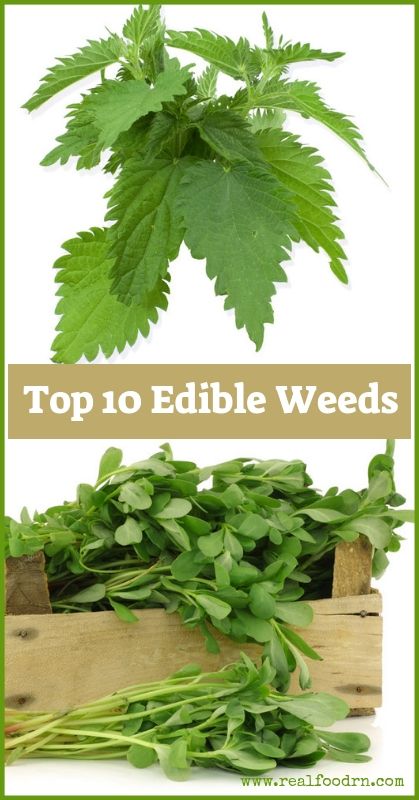
Resources:
- https://www.ediblewildfood.com/edible-weeds.aspx
- https://www.artofmanliness.com/articles/surviving-in-the-wild-19-common-edible-plants
- https://modernfarmer.com/2018/07/10-edible-weeds-likely-growing-in-your-yard
- https://www.gardeningknowhow.com/edible/vegetables/vgen/edible-weeds.htm
- https://thesurvivalmom.com/brief-guide-edible-weeds
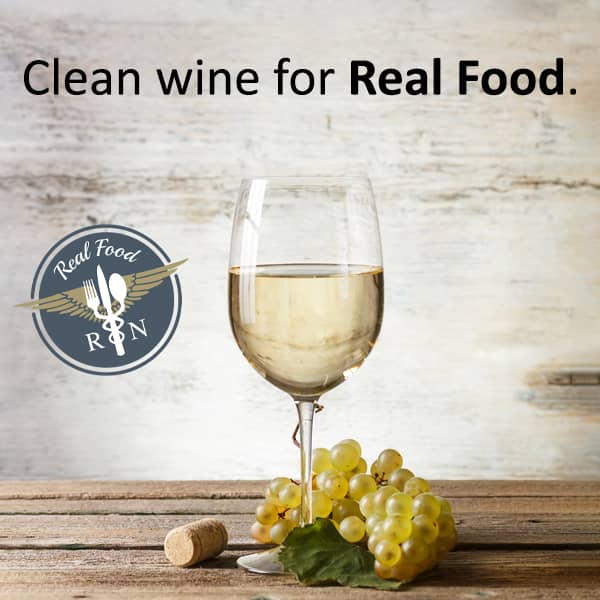
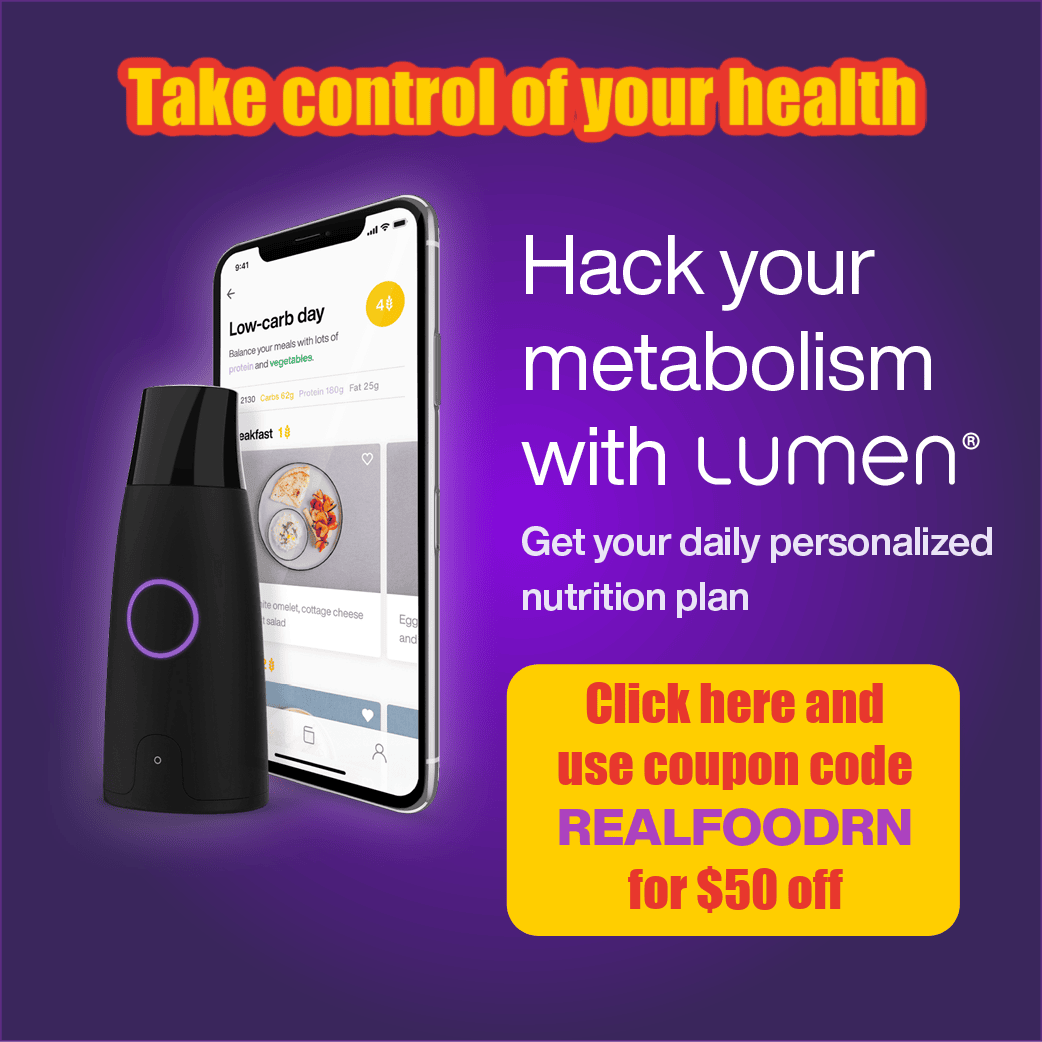





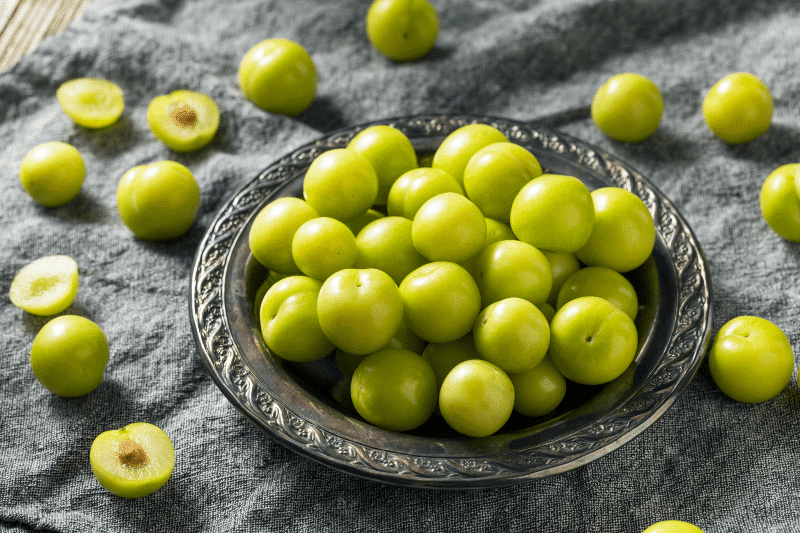
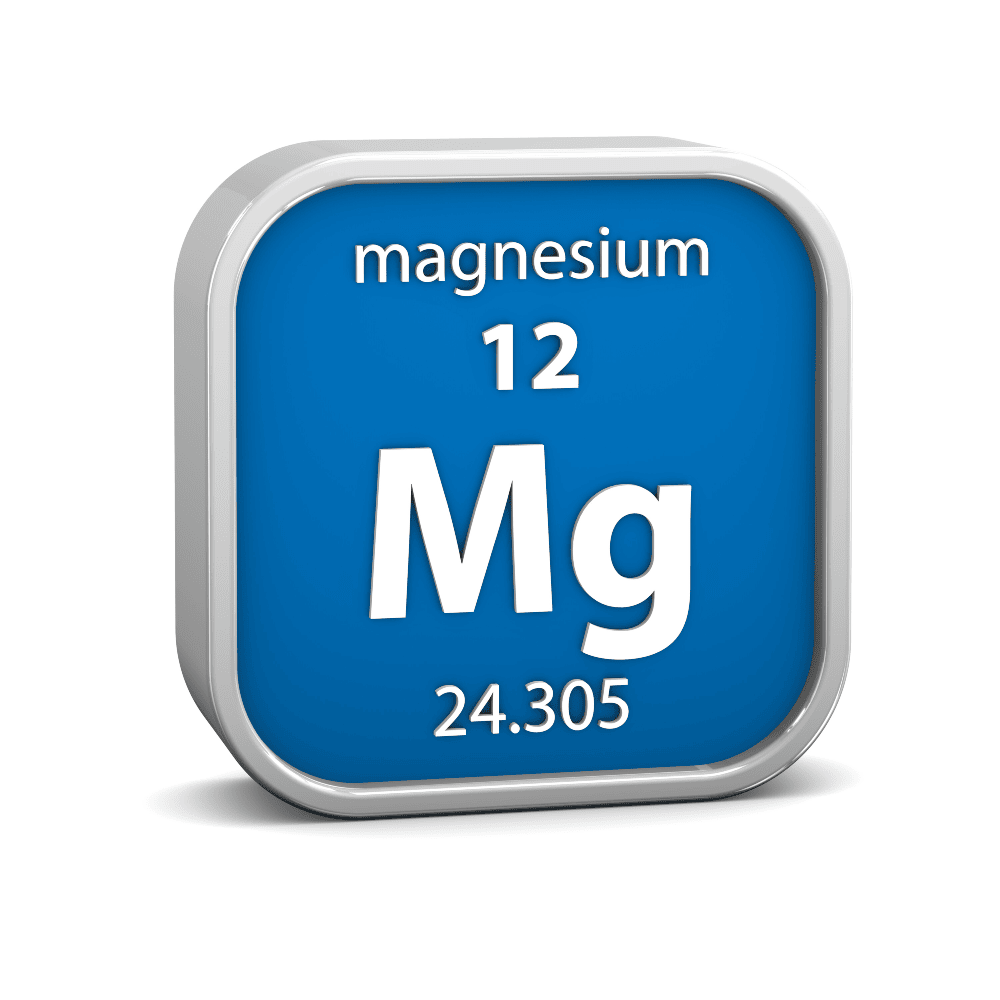
One Reply to “Top 10 Edible Weeds”
Did you know you can eat the roots of cattails? They taste like cucumbers!